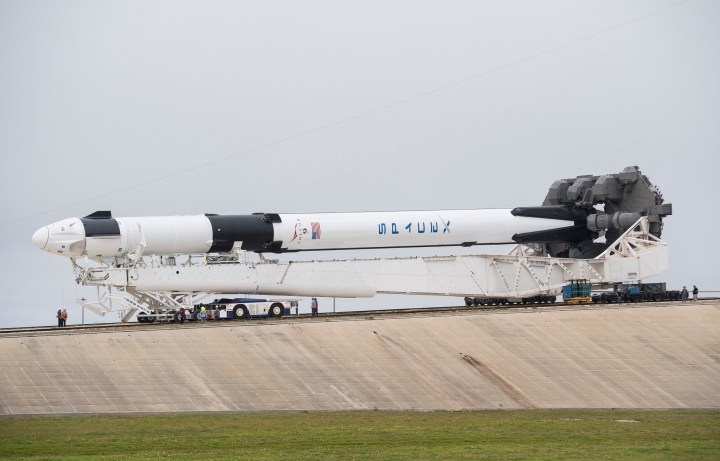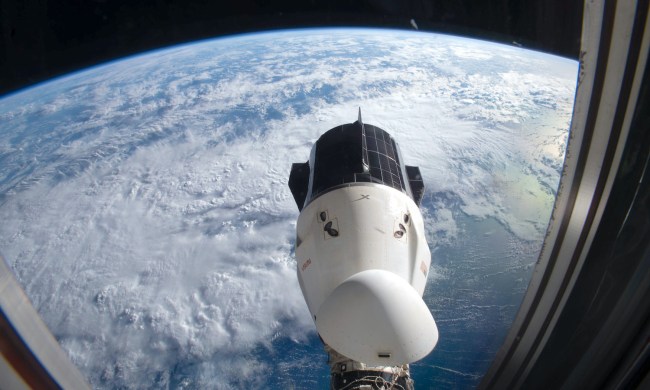
In a joint project between NASA and SpaceX, the Crew Dragon spacecraft was successfully launched before dawn today. The craft will be traveling to the International Space Station (ISS) with supplies for the ISS crew and a dummy passenger to test the safety of eventually ferrying real passengers. This was SpaceX’s first launch of a crewed spaceship, and the launch was such a success that it almost brought CEO Elon Musk to tears.
The launch was not only important for SpaceX but also for the American space program. Fewer manned spacecraft missions have taken off from American locations in recent years as launch sites near the equator are more efficient, but this launch took place from NASA’s Kennedy Space Center in at Cape Canaveral, Florida.
“This mission is an important step in returning human spaceflight to American soil,” Steve Stich, NASA launch manager and deputy manager of NASA’s Commercial Crew Program, said in a statement. “SpaceX and NASA teams are working side-by-side on this mission from start to finish as we have throughout this process. This flight test will inform the system design, operations and drive any changes that need to be made ahead of crew flights. We are ready to learn by flying.”
The launch used a Falcon 9 rocket and took off from Launch Complex 39A, overseen from Kennedy Space Center’s historic Launch Control Center Firing Room 4. This is the same location which oversaw the countdown and liftoff of the most recent 15 space shuttle missions. The aim of the launch is to test whether the craft’s autonomous systems are able to maneuver correctly and to dock with the ISS when the craft arrives there.
All went smoothly in the launch which was a great relief to Musk. “I’m a little emotionally exhausted,” he said in a post-launch press conference. He also told space.com he was happy his company was making progress towards his ultimate aim of a manned spacecraft launch: “The whole goal of SpaceX was crewed spaceflight. Improved space exploration technologies,” he said. “That’s actually the full name of the company, Space Exploration Technologies.”



